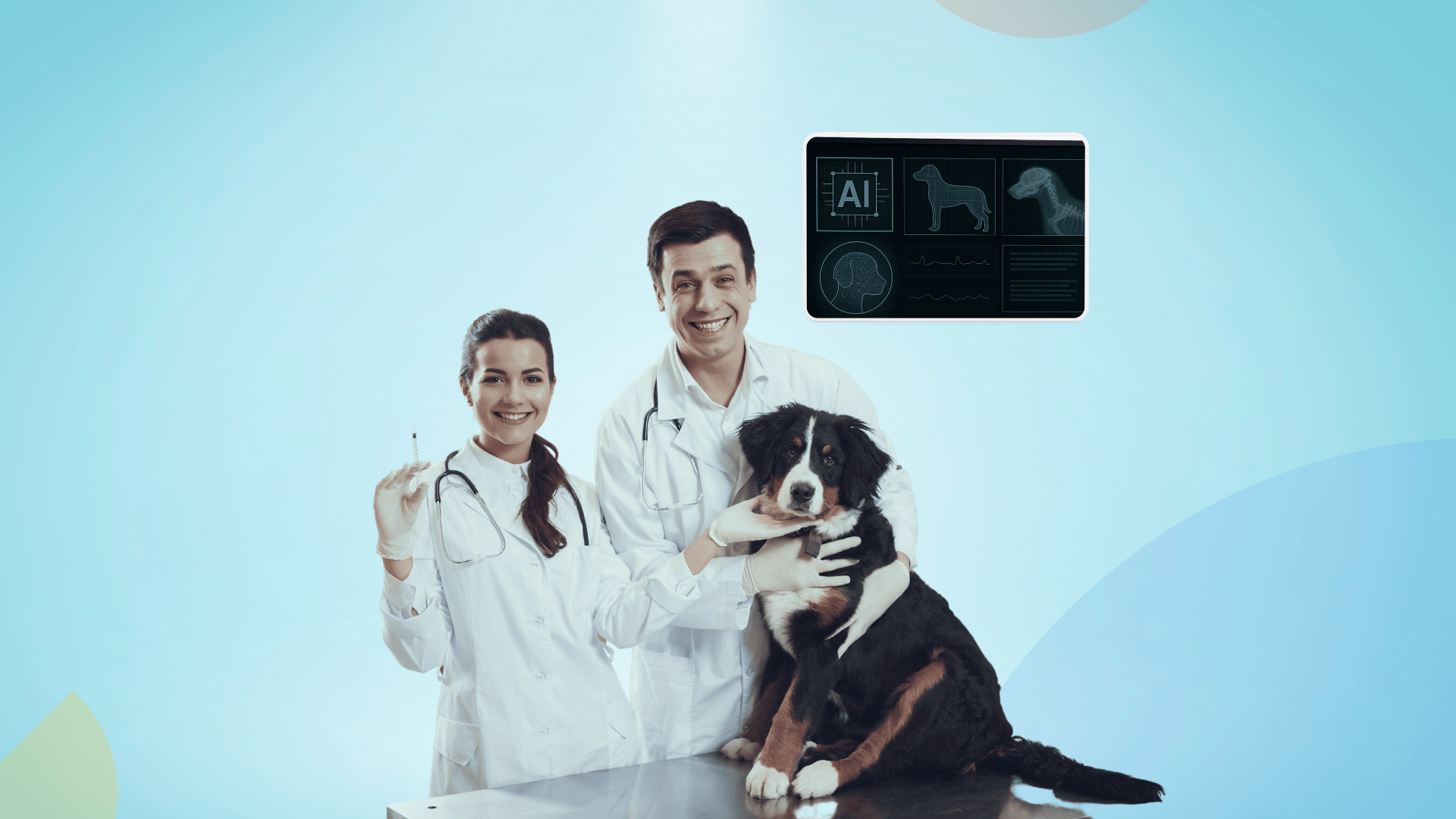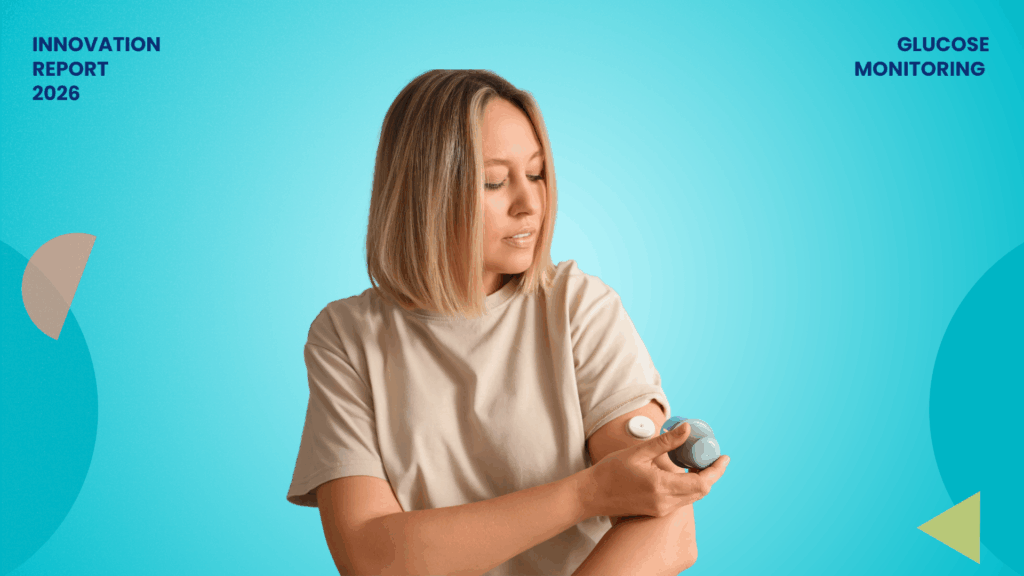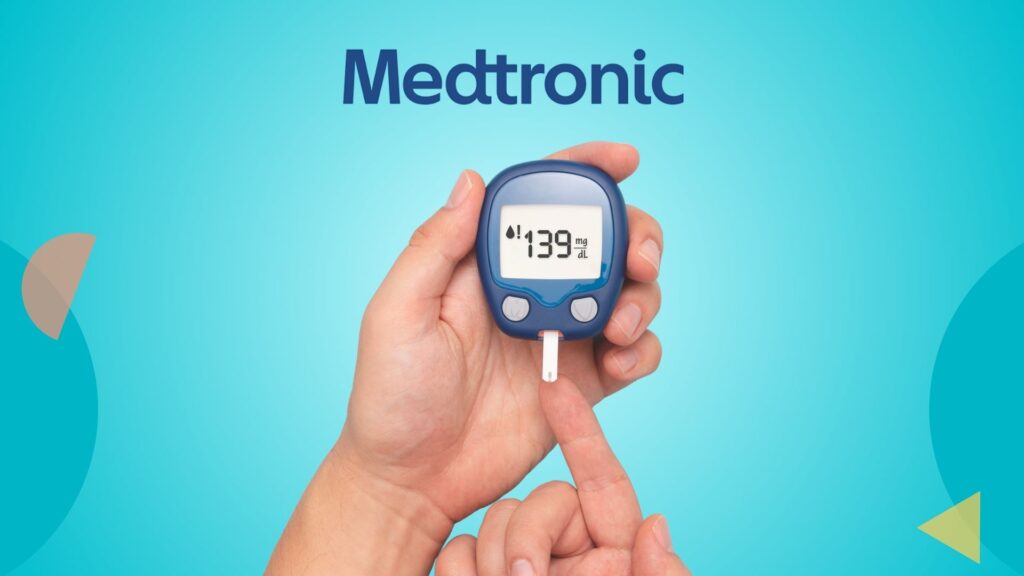Conventional animal health diagnostics struggle to distinguish disease-causing microorganisms such as bacteria, fungi, and algae. Also, some diseases, like mastitis, don’t show clear symptoms but affect milk quality, making it tricky to detect. Overusing antibiotics has made germs resistant, making it even more difficult to diagnose mastitis accurately.
This calls for developing point-of-care (POC) diagnostic tools that employ electrochemical, optical, and acoustic methods for efficient disease detection, diagnosis, and monitoring in animals. This report details the latest innovations in this field and how these solutions can change the animal health diagnostics landscape in 2024.
Our experts have compiled a comprehensive report on animal healthcare trends, including new feed products, AI tools, real-time diagnostics, and more. To receive it, please fill out the simple form below.
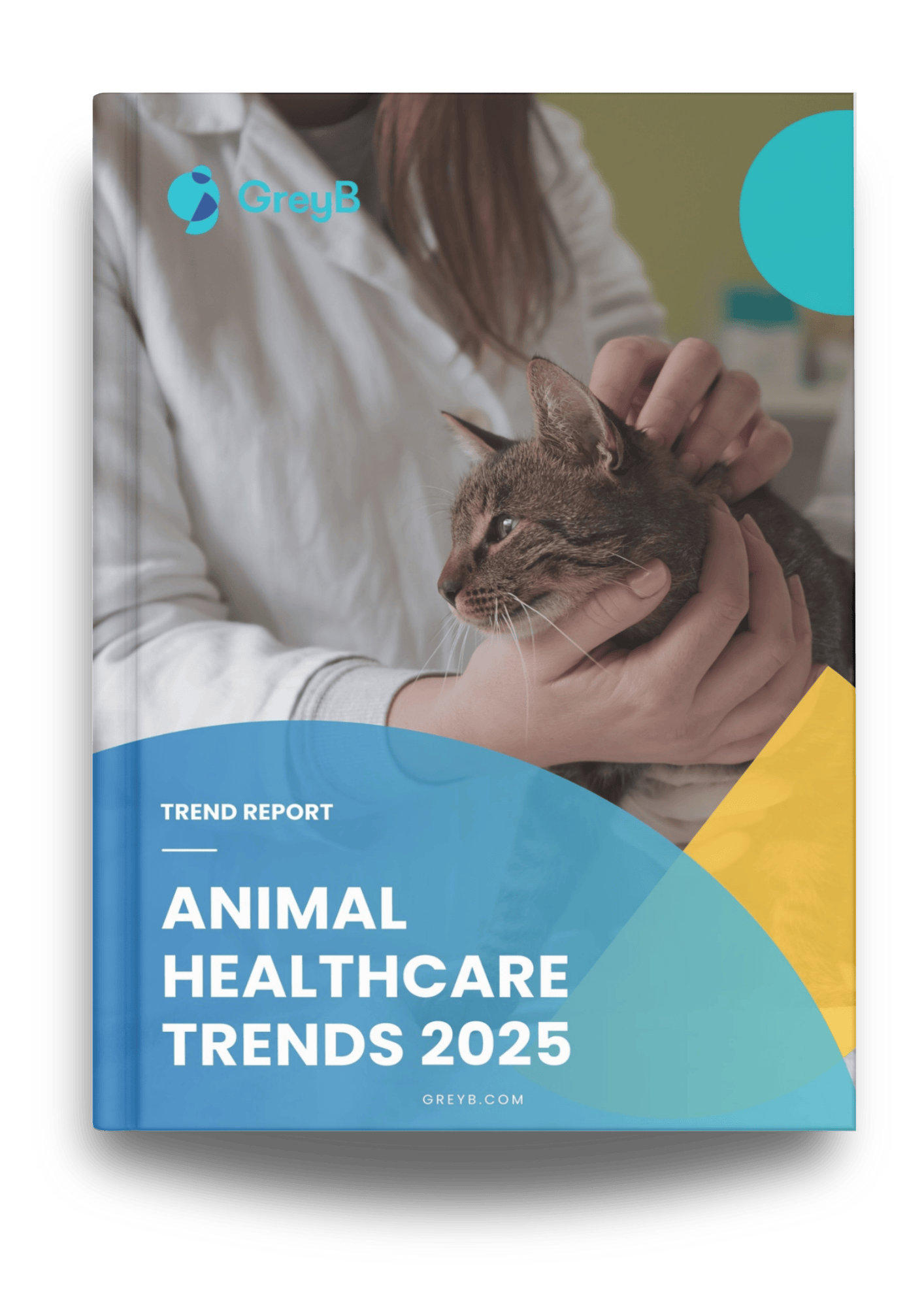
The University of Melbourne & Pictor Ltd’s system can detect multiple targets.
The University of Melbourne and Pictor Ltd collaborated to develop a colorimetric detection system for detecting multiple targets in a sample. The system comprises a solid or porous substrate coated with capture elements such as proteins or peptides such as MilAab and various MBOVGP45 variants that can bind to the target antibody.
The device features a strip with a sample pad, conjugate pad, and a test line containing immobilized anti-LTA antibodies. A visible color change in the test line upon adding the milk sample indicates the presence of LTA. This method for disease identification ensures targeted treatment against Gram-positive bacteria, mitigating the risk of antibiotic resistance development.
Ecube Materials developed an ECG measuring device with flexible electrodes.
Some diseases, including heart disease, diabetes, kidney disease, and cancer, may not exhibit clear clinical signs during their early stages. Another challenge is that electrocardiogram data is distorted or lost due to an electrode short circuit due to the animal’s movement. Similar to humans, there is a need to develop ECG sensors that would not restrict animal activity but, at the same time, provide efficient results.
Ecube Materials developed an animal electrocardiogram (ECG) measuring device using flexible, comfortable electrodes that stick to a symptomatic animal’s body for routine monitoring. One end of the flexible electrode’s sensor is submerged in water, and the opposite end is linked to an electrocardiogram measurement apparatus. The wireless communication device is responsible for signal amplification, filtering, and transmission/reception to an analysis tool, such as a computer or smartphone, for electrocardiogram analysis.
Related Reads

Caresix made a heart disease monitor with a ballistic pressure sensor.
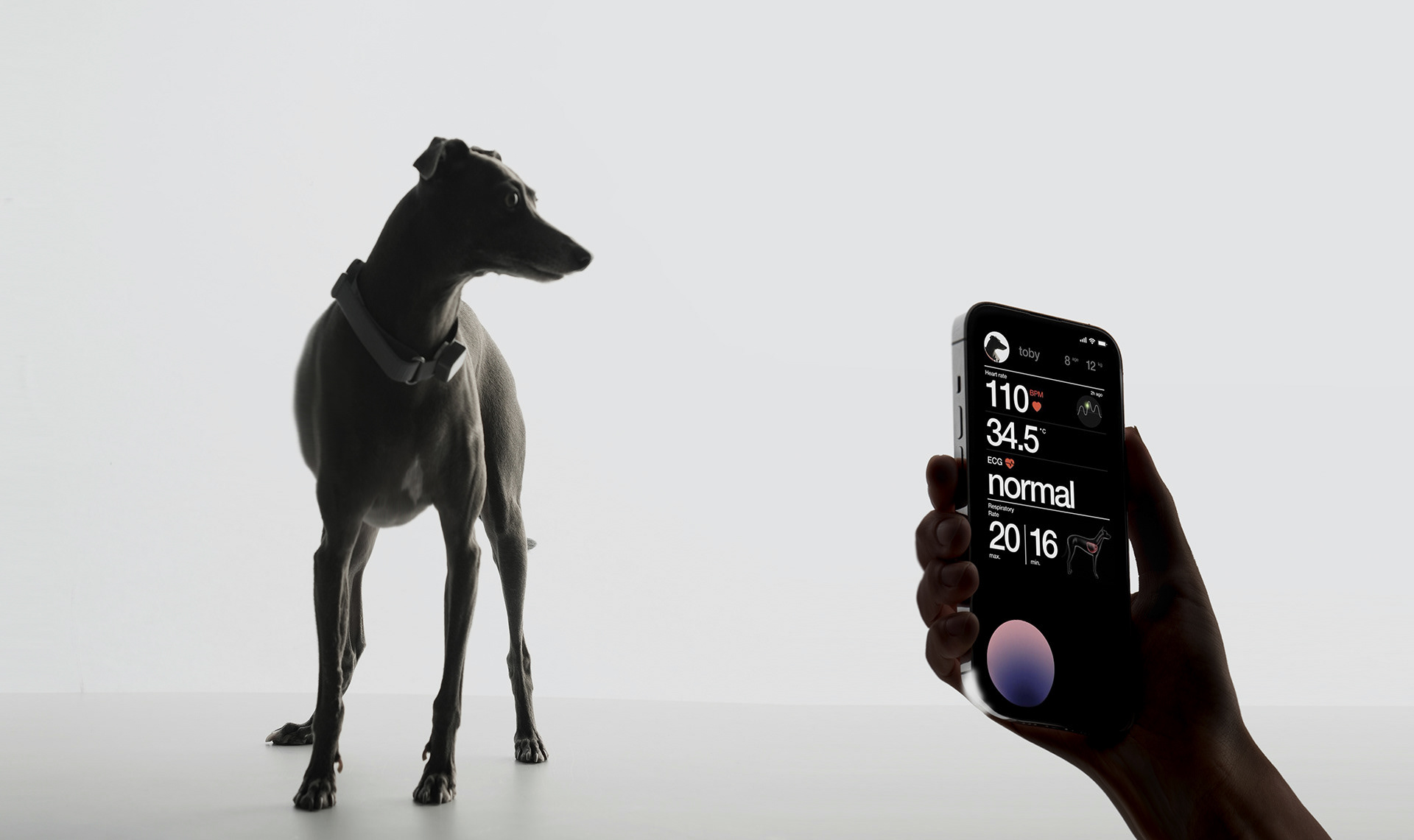
Caresix, also known as Cotons, makes pet health-tracking wearables. Their latest innovation is a heart disease monitoring system that integrates the efficiency of an electrocardiogram and a ballistic pressure sensor.
The device computes the companion animal’s heart and respiration rates using electrocardiograms and heart trajectory waveform data. The system issues an emergency notification if the calculated rates exceed an upper limit or fall below a lower limit.
Future outlook
These point-of-care tools provide convenient diagnostics for use at home or in clinics. They empower pet owners and veterinarians to monitor health conditions and make informed decisions. Large corporations, such as Mars Inc., are acquiring advanced veterinary companies, like Heska Corporation, to enhance their diagnostic capabilities. Additionally, notable companies like Novozyme (now merged with Chr. Hansen) have developed unique antibodies to mitigate parasite infection risks in dogs, cats, birds, and rabbits. Inventions like these are a solution for curbing antimicrobial resistance in animals.
Aside from pets and companion animals, the rising demand for animal protein, increasing livestock population, and heightened awareness about the importance of animal health diagnostics are expected to drive the market’s growth in the days ahead.
Our comprehensive report on animal healthcare trends will provide an in-depth analysis of all these trends and technologies. Please fill out the form below to get a copy in your inbox.





